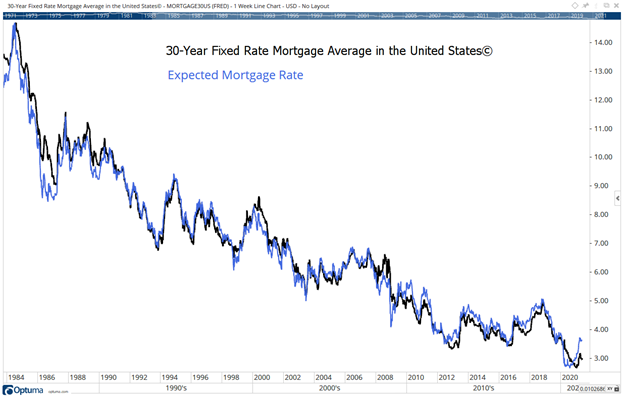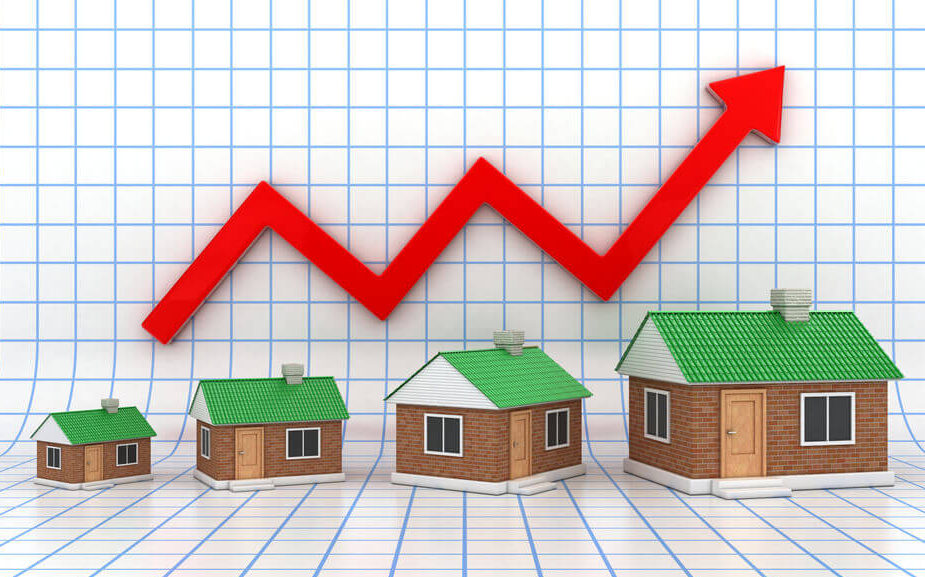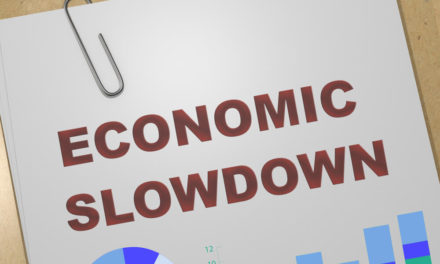News about the housing market, especially regarding prices, is uniformly discouraging to buyers.
Recent data showed double-digit increases in a variety of measures.
The S&P CoreLogic Case-Shiller National Home Price Index measures average home prices in major metropolitan areas across the nation. It rose 13.2% in the last 12 months, up from a 12% annual rate of change reported last month.
Home prices were up in all 20 cities covered by the Index. The latest data, which covered March, was the highest one-year gain since December 2005.
The Commerce Department reported the median price of a new home sold in April was $372,400, up 20.1% from a year earlier. That was the strongest annual gain since 1988.
Earlier in the month, the National Association of Realtors reported that the median existing home price rose to $341,600 in April, the highest on record. The annual price appreciation of more than 19% was the strongest in data going back to 1999.
Prices are just one factor in affordability. Mortgage rates also affect how much home a family can afford. Higher rates require buyers to settle for lower-priced homes to keep the mortgage payments affordable.
On this front, the news is equally grim. Mortgage rates could rise substantially.
The chart below shows rates as the black line. The blue line is the interest rate on the 10-year Treasury note plus 1.75%. The 1.75% represents the costs of the mortgage along with a profit for the lender.
Expected Mortgage Rate Spike vs. Current Actual Rate

Source: Optuma.
Increased Mortgage Rates Could Price Homebuyers Out
The chart shows the strong correlation between these two lines. Recently, the expected rate moved much higher than actual rates. At 3.7%, the expected mortgage rate is more than 0.5% above the current rate.
Higher rates will mean higher payments for buyers. Sellers may still be in a good position because supply will remain low while the number of potential buyers searching the housing market rises as virus restrictions ease.
Homes could keep hitting the market, even as they become less affordable.
I don’t like working more than I have to.
That’s why I found a way to beat the market by making one simple trade per week.
Last year, this trade helped me beat the market eight times over.
It’s a great way to accelerate your gains. Click here, and I’ll show you how it works.
Michael Carr is a Chartered Market Technician for Banyan Hill Publishing and the Editor of One Trade, Peak Velocity Trader and Precision Profits. He teaches technical analysis and quantitative technical analysis at the New York Institute of Finance. Mr. Carr is also the former editor of the CMT Association newsletter, Technically Speaking.
Follow him on Twitter @MichaelCarrGuru.





